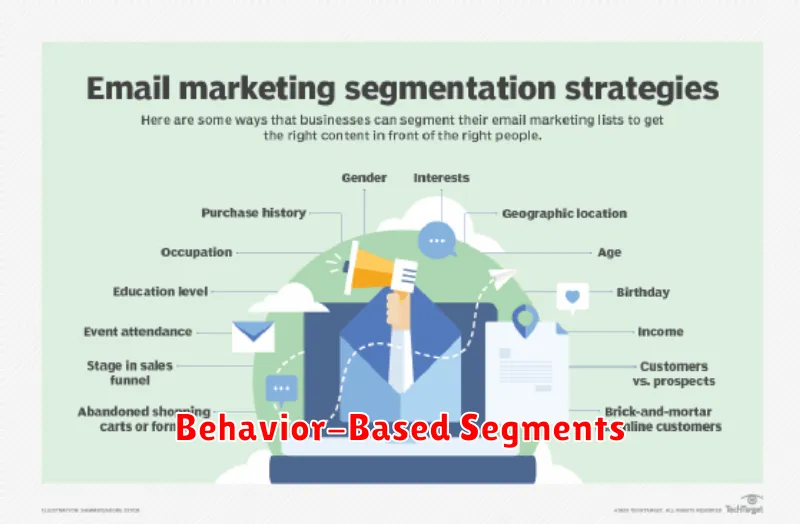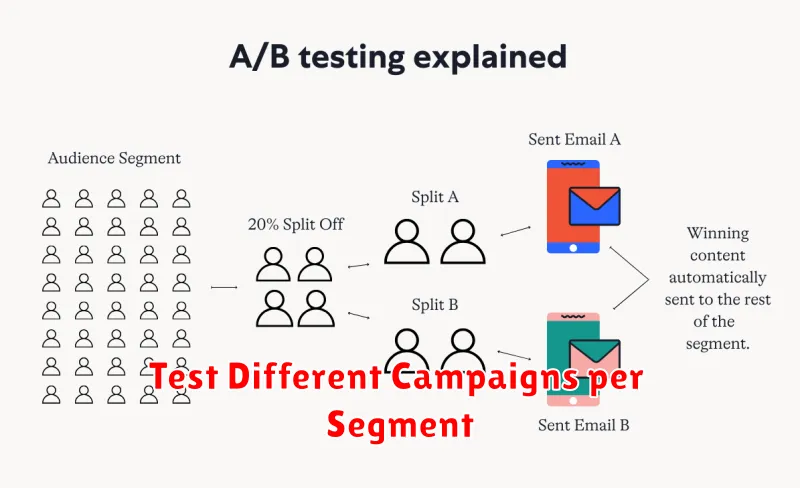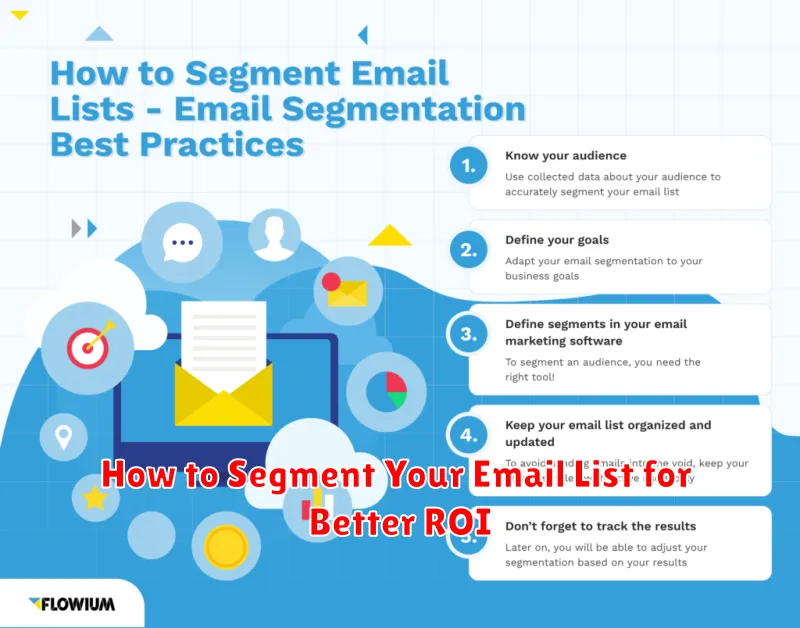Are you tired of low open rates and click-through rates on your email campaigns? The key to unlocking a better return on investment (ROI) from your email marketing efforts lies in segmentation. Sending generic emails to your entire subscriber list is a thing of the past. This article will explore the power of email list segmentation and provide you with actionable strategies to divide your audience into targeted groups, allowing you to deliver highly relevant content that resonates with each individual subscriber. Learn how to boost your email marketing ROI by sending the right message to the right person at the right time.
Email list segmentation is more than just dividing your subscribers into a few broad categories. It’s about understanding your audience on a deeper level and tailoring your email content to their specific needs, interests, and behaviors. By implementing effective segmentation strategies, you can significantly improve your open rates, click-through rates, conversions, and ultimately, your ROI. This guide will delve into various segmentation methods, from basic demographics to advanced behavioral tracking, empowering you to create highly personalized email campaigns that drive results.
Behavior-Based Segments

Behavior-based segmentation groups subscribers based on their interactions with your emails and website. This allows for highly targeted messaging and increased engagement.
Key actions to track include email opens, clicks, website visits, purchases, and content downloads. By analyzing these behaviors, you can identify subscribers who are highly engaged, at risk of churning, or interested in specific products or services.
Examples of behavior-based segments:
- Recent purchasers: Target these subscribers with product recommendations or cross-sells.
- Frequent openers: Reward these loyal subscribers with exclusive content or early access to promotions.
- Inactive subscribers: Send re-engagement campaigns or offer incentives to reactivate them.
- Cart abandoners: Remind them about the items in their cart and offer assistance to complete the purchase.
Using behavior-based segmentation allows you to deliver the right message to the right subscriber at the right time, resulting in a higher return on investment.
Test Different Campaigns per Segment

Once you’ve segmented your email list, the next crucial step is to test different email campaigns tailored to each segment. This allows you to optimize your messaging and offers for maximum impact.
A/B testing is a powerful technique for this purpose. Try varying elements such as:
- Subject lines: Test different phrasing and keywords to see what resonates best with each segment.
- Email copy: Experiment with different tones, lengths, and calls to action.
- Offers and promotions: Tailor your offers to the specific interests and needs of each segment.
- Send times: Determine the optimal send times for each segment based on their engagement patterns.
By analyzing the results of your tests, you can identify what works best for each segment and refine your campaigns accordingly. This iterative process of testing and refinement will significantly improve your email marketing ROI.
Analyze Results and Refine
After implementing your segmentation strategy and sending targeted emails, the next crucial step is to analyze the results.
Key metrics to track include open rates, click-through rates, conversion rates, unsubscribe rates, and spam complaints. Comparing these metrics across different segments will reveal valuable insights into what resonates with each audience.
Use data visualization tools or your email marketing platform’s reporting features to easily compare performance. For example, a table can clearly illustrate differences in open rates between segments.
Based on the analysis, refine your segments and messaging. If one segment responds poorly to a particular type of content, adjust the content or re-evaluate the segment’s definition. Continuous analysis and refinement are key to optimizing your email marketing ROI.

